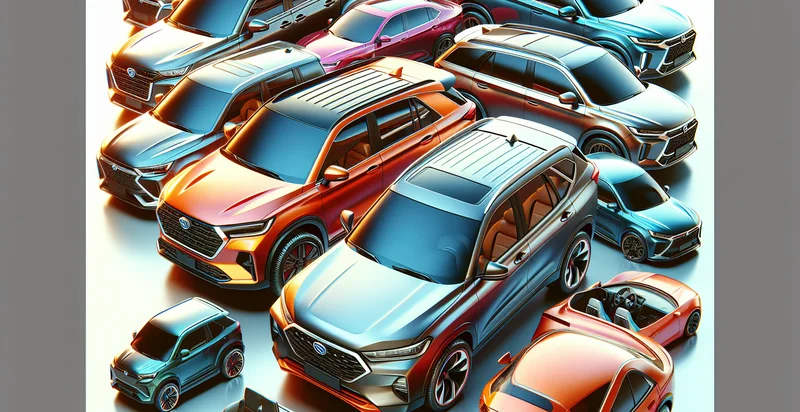Identify haval models
using AI
Below is a free classifier to identify haval models. Just upload your image, and our AI will predict if the model is a Haval or not - in just seconds.

Contact us for API access
Or, use Nyckel to build highly-accurate custom classifiers in just minutes. No PhD required.
Get started
import nyckel
credentials = nyckel.Credentials("YOUR_CLIENT_ID", "YOUR_CLIENT_SECRET")
nyckel.invoke("haval-models", "your_image_url", credentials)
fetch('https://www.nyckel.com/v1/functions/haval-models/invoke', {
method: 'POST',
headers: {
'Authorization': 'Bearer ' + 'YOUR_BEARER_TOKEN',
'Content-Type': 'application/json',
},
body: JSON.stringify(
{"data": "your_image_url"}
)
})
.then(response => response.json())
.then(data => console.log(data));
curl -X POST \
-H "Content-Type: application/json" \
-H "Authorization: Bearer YOUR_BEARER_TOKEN" \
-d '{"data": "your_image_url"}' \
https://www.nyckel.com/v1/functions/haval-models/invoke
How this classifier works
To start, upload your image. Our AI tool will then predict if the model is a Haval or not.
This pretrained image model uses a Nyckel-created dataset and has 2 labels, including Haval F7 and Haval H6.
We'll also show a confidence score (the higher the number, the more confident the AI model is around if the model is a Haval or not).
Whether you're just curious or building haval models detection into your application, we hope our classifier proves helpful.
Related Classifiers
Need to identify haval models at scale?
Get API or Zapier access to this classifier for free. It's perfect for:
- Vehicle Inventory Management: This function can be used by car dealerships to automatically categorize and identify various Haval models in their inventory. By streamlining the identification process, dealerships can enhance their inventory management efficiency and provide customers with accurate information.
- Insurance Assessment: Insurance companies can utilize this image classification function to accurately identify Haval models during claims processing. This can help in quickly assessing damages, determining repair costs, and ensuring that customers receive appropriate compensation based on the specific model.
- Marketing Analysis: Automotive marketers can leverage this classification function to analyze the presence and popularity of Haval models in social media images and advertisements. Insights gained can inform targeted marketing campaigns and help shape brand positioning strategies.
- Autonomous Driving Development: Companies working on autonomous vehicle technology can use the image classification function to recognize different Haval models on the road. By understanding how these vehicles interact with their surroundings, developers can enhance the algorithms that guide autonomous navigation systems.
- Fleet Management: Businesses with vehicle fleets can apply this function to monitor and manage Haval models within their fleet. By accurately identifying vehicle models, companies can track maintenance schedules, report on fuel efficiency, and optimize usage.
- Market Research: Researchers can utilize the image classification technology to gather data on the distribution and usage of Haval models in various regions. This data can provide valuable insights into consumer preferences and market trends, aiding in better product development and positioning.
- Safety Compliance Monitoring: Regulatory bodies can use this classification function to monitor compliance with safety and environmental regulations concerning Haval models on the road. By identifying specific models, authorities can ensure proper adherence to standards and streamline enforcement efforts.


